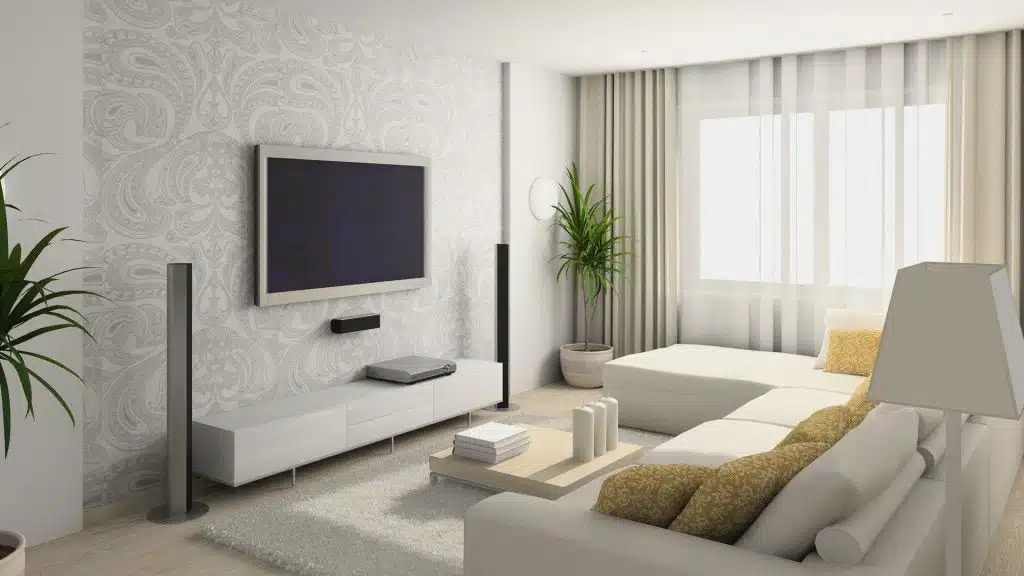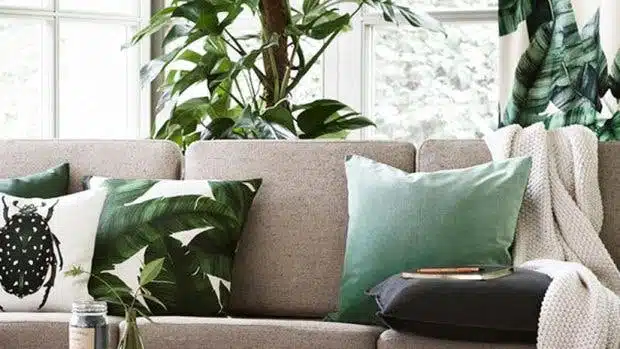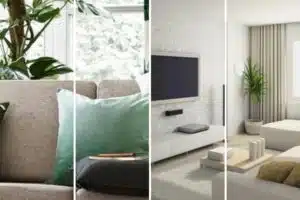After an exhausting school or workday in the outside world, your destination now is to go home to unwind and relax to eliminate the stress you accumulated outside. Out of all the rooms in your house, the living room is the best place to unwind after a long day of school or work as it is mostly the place for activities. Lack of relaxation as a student or employee adversely affects your body, so it is imperative to relax occasionally. Here’s a list of the adverse effects of a lack of relaxation:
- Escalated stress and anxiety levels
- Poor concentration on work or school.
- Irritability and feeling overwhelmed by almost everything.
- Uncontrollable thoughts or obsessive-compulsive disorder (OCD).
- Weakened decision-making skills.
Upgrading your living room for relaxation and unwinding
If your living room is not providing the calmness and relaxation you deserve, check out this list of tips that can help you create your own calm and serene living room:
1. Create a calm place with soundproofing

A living room exposed to unwanted noise is not a calm place to relax and unwind. Noise pollution comes from many aspects, such as public roads, construction sites, airport stations, animal noises, and humans. Soundproofing your living room is the best way to prepare for this unwanted noise, and there are many ways to do it.
Most soundproofing methods involve applying or installing your everyday furniture or innovative products that provide soundproofing capabilities, such as thick curtains for furniture and the BA-ACF-2064 Flush Steel Acoustical Access Door for innovative products, as well as using drywall as it also possesses soundproofing capabilities.
In cases of sound that comes from within your home, such as echoes, there is furniture that can mitigate the chance of echoes in the house. Furniture such as carpets, rugs, thick carpets, paintings, and tapestries can absorb the echo, preventing it from spreading.
2. Apply relaxing colors
Colors can change your mood and behavior depending on what color you see because of what your brain tells you. Red, yellow, and orange are warm colors affiliated with emotions and feelings such as power, anger, and passion. On the other hand, cool colors provide the opposite effect, as it is associated with a calming atmosphere, which you need to apply in your living room.
Colors such as shades of green and blue have the effect of mental calmness and relaxation, so apply things or furniture with shades of blue or green so that you can feel relaxed already from the moment you enter the living room. A thing to take note of is that to some people, the warm colors are the one that keeps them comfortable when unwinding or relaxing, so it is best to test first the colors that you perceive as serene and calming.
3. Greenify your living room

Putting indoor plants in your living room provides a double effect of reduced stress and health benefits for everyone in your house to enjoy. You might think that owning plants is another set of work that will provide tension in the long run, but there are indoor plants for beginners that need little attention but still provides stress-relieving effects. Such plants include; peperomia, spider plants, fiddle leaf figs, and cacti.
These indoor plants in your living room can make you feel more comfortable and soothing, so getting one or two is enough for your living room. Here are the effects of having indoor plants that can affect you as you unwind, making it a more comfortable living room:
- Improves air quality
- Enhance the sense of well being
- Promotes cognitive health
- Upgrade environmental wellness
4. Adjusting the lighting
There is a relaxation technique that you can do on your own by just closing your eyes and forgetting the stress that happened, but there are times when this is not enough. Another way to make the living room calm and serene is to adjust the lighting set up in the living room. Install dim lighting so your eyes can relax, and only use warm colors to provide a more relaxing effect.
Here are two types of lighting you can install in your living room and their effects on you:
- Blue, Green, and Red light: These light colors promote relaxation effects for your stress. Blue and green light encourages relaxation and sleep, while to some, red light consists of long wavelengths that cannot stimulate you, promoting peace and calmness.
- Ambient lights: Ambient lights, especially with warm yellow color, enhances the calmness of the room, thus having a comforting unwinding session. The color yellow will remind you of fireplaces, which adds to the serenity in the living room.
Final Thoughts
Being a student or an employee requires you to perform at one hundred percent to meet essential deadlines and demands, which can lead to stress. Your home is there to eliminate the stress accumulated from work or school. Follow the tips above to ensure you are stress-free and ready for work or school the following day.
